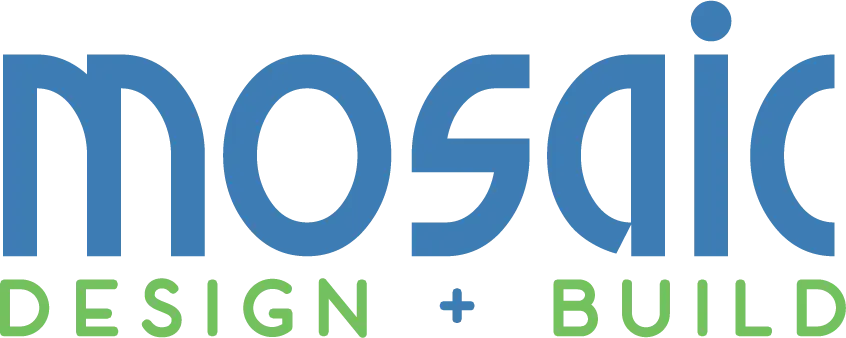Choosing the proper cutting board—sometimes also called a chopping block—is as important as the selection of the proper knife and can extend the life of your kitchen countertops.
Too hard a cutting surface will quickly dull or in some cases actually ruin knives. Too soft a surface will not give sufficient resilience for the correct handling of knives. Good cutting boards are manufactured in three different materials: wood, rubber and polyethylene. The best wood for a cutting board for your kitchen countertop is something hard, such as maple. It’s not so rigid that it will destroy a knife blade and not so firm as to give your wrist the cook’s version of tennis elbow. And it won’t add any flavor of its own to the food.
The ultimate cutting boards are made of laminated squares of end grain wood held together by a series of tongue-and-groove arrangements. Through the mid 1950s, this was the common construction for most butcher blocks and virtually every commercial butcher in the United States had one, standing on four thick legs. This type of board can be found in a 2-inch thickness with outside dimensions of 10 by 10, 12 by 12, and 12 by 16 inches. There are sturdy feet on these boards to protect countertops, and they’re so attractive, they make excellent serving boards for dry foods (dry foods only because these boards lack a drip groove around the outer edge).
A second style of wood cutting board is made of laminated lengthwise strips of hardwood. In the past, this type of construction was not as strong as end grain grooving. But today, the industrial techniques for curing wood and electronically bonding the strips together with recently developed glues is so advanced that these boards are sufficiently strong and warp-resistant. The better brands have been sanded to a satin-smooth finish and hand-rubbed with protective oil. Grape seed oil is highly recommended.
Avoid cutting boards that are made from a single piece of flat wood. They tend to split. Also, avoid the round cutting boards imported from the Orient. Most of them are made of woods that are too absorbent. The round form is dictated by the tree trunk from which they were sliced, but this circular shape is impractical, as food is constantly sliding off the edge.
The best way to clean a wooden cutting board is to scrape off all food residues with a steel scraper or spatula. Then sprinkle the board with coarse salt and lemon juice, and use a clean cloth to scrub the surface. The salt and the lemon interact to form a mild acid which cleans the wood. Rinse the surface with cold water after any stains have been removed.
If the board is in particularly bad shape, you can sometimes remove stains by sponging the surface with ordinary household bleach. Be careful to limit the time that the bleach is in contact with the board, though. Wood is porous and may absorb the bleach. Sponge it quickly and then run cold water over the surface. Never use soap or detergents, which will weaken the wood fibers.
Other Cutting Board Materials
A number of years ago, the federal government introduced a regulation that prohibited the use of wooden work surfaces in industrial food processing areas. The agency felt that wood was too porous, that it accepts grease too easily, that the grease is difficult— if not impossible—to remove, and that there’s a tendency to breed bacteria. This desire for a germ-free environment has led to the development of hard rubber cutting boards. They are available from restaurant supply houses in 1-inch thicknesses at sizes from 18 by 12 inches to 24 by 18 inches. Most of these boards have a distinct odor during the first weeks of use, which is highly reminiscent of spoiled milk. Eventually the smell will die out, and the board itself is excellent.
Another type of board for kitchen countertops available today is made of opaque white polyethylene. It is easier to keep clean than any wooden board because it’s non-absorbent and it will not discolor. Smells, stains and grease wash away with scouring powder or bleach. You may safely put these cutting boards in your dishwasher. As with any plastic-based material, be sure to avoid contact between the board and any extremely hot objects that might cause melting or scorching. These boards are available from almost any store with a section for kitchen supplies. Select a board with a hole at one end. It makes the board extremely convenient to hang.
Glass cutting boards are less than ideal because the hard surface dulls knives quickly. Perhaps more importantly, glass boards don’t provide much friction, and as a result, the knife can easily slip across its surface, posing a safety hazard. While stone cutting boards offer more friction, they suffer the same problem of dulling knives quickly.
One final tip in choosing a cutting board is to buy two of them: one for cutting raw meat and the other for foods like fruit, vegetables, mushrooms, and bread. By using the same board for meat and other food items, you can potentially contaminate these uncooked foods with bacteria from uncooked chicken, beef, and other meats.
